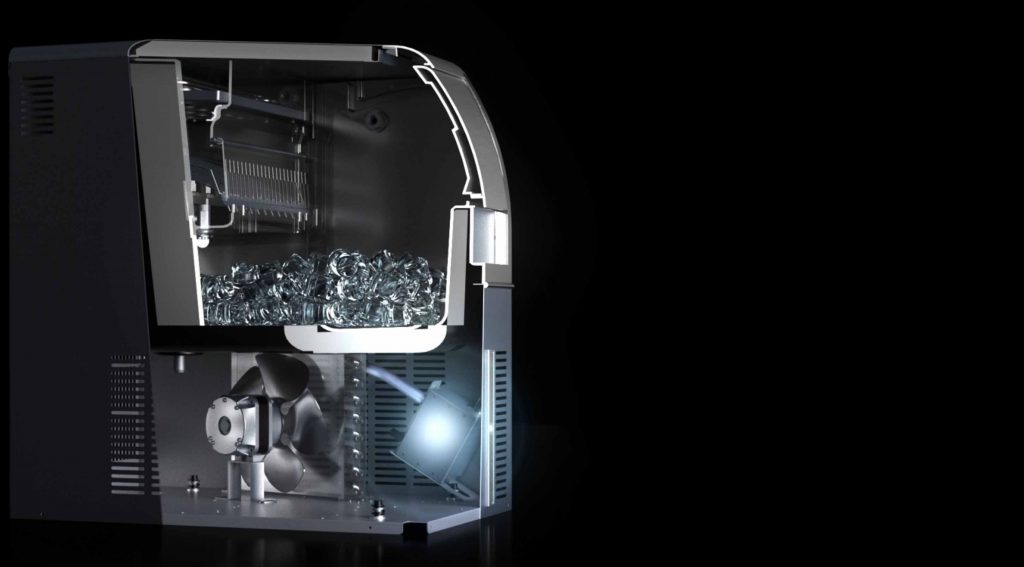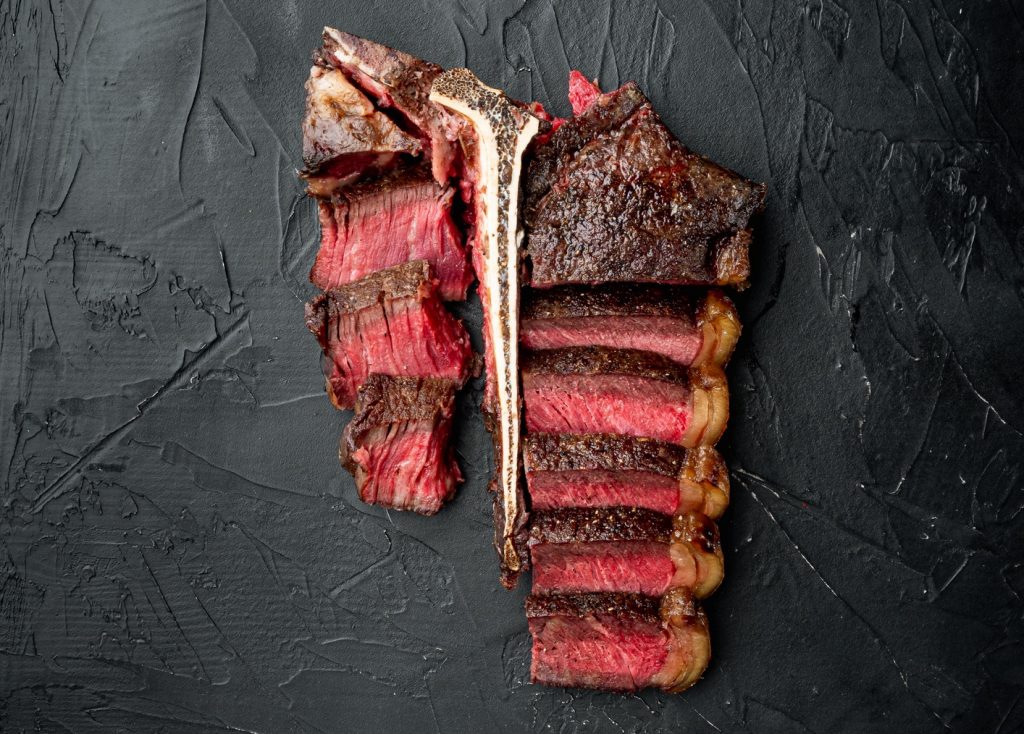
The introvert’s dream restaurant’: that is how social media has branded Ichiran, a Japanese restaurant chain serving ramen since 1960. Already famous in its home country, Ichiran has gone viral overseas in recent years for its delicious food and unique dining concept: the hashtag #ichiran has 124.5 million views on TikTok alone. It has become such a success that its Tokyo branch faces huge queues daily and expansion into the American market has begun, with three new restaurants opening in New York City alongside over 80 other locations in Hong Kong, Taiwan, and Japan.
The concept is simple: Ichiran serves varieties of Tonkotsu (pork bone) ramen, which guests customize on paper slips, requesting anything from different noodle textures to spicier broth. All of this is done without interacting with a staff member: green lights indicate the empty seats set in secluded compartments, where customers pass their slip under a hatch to the chefs who will return within minutes to deliver their food with a bow but not a single spoken word.
The hatch closes and the guest can enjoy their noodles and broth in peace.
Creating the perfect restaurant
While these aspects all appeal to the introverted and the socially anxious (or socially exhausted), Ichiran’s famous booths and closed kitchen were not designed to fulfil this purpose. Annie Chen, PR assistant manager at Ichiran USA, says that the enclosed spaces were the vision of Ichiran CEO Manabu Yoshitomi who was surprised when a regular customer believed their ramen tasted better when served by the master chef. Yoshitomi asked himself, “What if I do something different and just hide the kitchen away, hide the shelves away from all our customers so they don’t have any perceptions about the chef and just focus on the food themselves?”
Yoshitomi also undertook extensive surveying to create the perfect restaurant. Even to this day, the clientele at ramen bars skews male – Chen reckons around 85% of Ichiran’s customers in Japan are men – but Yoshitomi originally conceived the ramen booths as providing a private space for women to consume ramen, learning from his surveys that they like ramen just as much but feared eating it in public because it wasn’t considered ‘ladylike’.
Considering this history, Chen is surprised at Ichiran’s online success as the introvert’s dream restaurant. “Truthfully, I never thought of it that way because the focus was really on the food,” she explains, noting however, “[it’s true that] in Japan, a lot of the customers who come and eat ramen actually do come alone and they just eat it like a quick meal and run out during the day.”
Chen stresses that customers are welcome to visit Ichiran in groups as large or small as they like, but what is it about TikTok branding it is an introvert’s haven that has made it so popular online?
Mark McCrindle, social analyst and demographer, reckons that Ichiran has a particular appeal in the post-pandemic years, where months of lockdowns made people ‘more socially inhibited’. “Those comfort zones have shrunk a little,” he says.
“Any culinary option that means that people don’t have to engage socially is a win.” He adds that Ichiran’s ramen booths create “a sense of being around others without being with others”, citing the parallel popularity of eating alone in food courts or public squares as similar examples of this desire for vicarious social interaction without having to communicate with anyone directly.
Besides, in this generation are we ever really eating alone? McCrindle points to the ubiquity of mobile phones which allow us to call friends, family, or colleagues from wherever we want. Ichiran’s ramen booths, while not designed with such intent, facilitate dining on-call without judgement.
“People’s social world is now on the screen, so it’s not that people are antisocial or dining alone,” McCrindle reckons. “They’re interacting with others, but the others are on the screen.”
Valued convenience
Ichiran’s popularity highlights a broader generational trend: younger people will pay for a meal for convenience alone as opposed to past generations who reserved dining out for social occasions and celebrations. McCrindle cites the popularity of delivery apps as evidence that “people are happy to pay for a meal even if it’s not a high point in their week”.
These evolving habits have already produced changes in the world of foodservice, notably through the rise of ghost kitchens and delivery screens in fast-food restaurants. Given such demographic trends, it wouldn’t be surprising if Ichiran’s concept made its influence felt in Western markets.
Those desperate to try Ichiran’s delicious-looking ramen in their home countries after it appeared on their social media feeds will have to wait, however. Ichiran is slow in their expansion in order to ensure the best quality flavors in their dishes, only opening restaurants when they have built a production facility in the local area and assessed everything from local water quality to pork breeds.
“[Yoshitomi’s] idea was to create a quiet space for you and your food and your ramen,” says Chen. “Being an introvert’s dream was just a positive side effect of it.”
Elsie Clark




